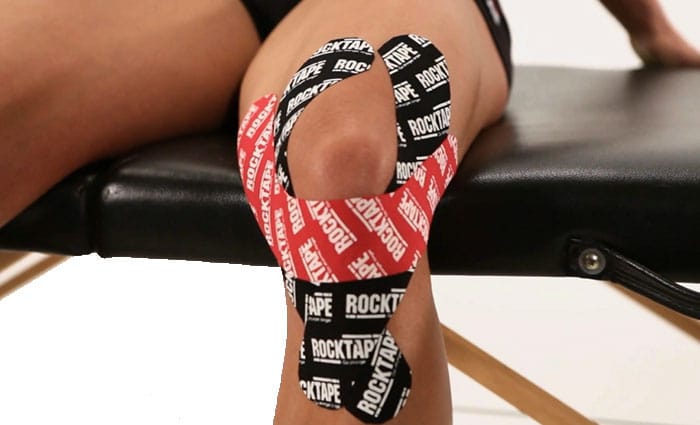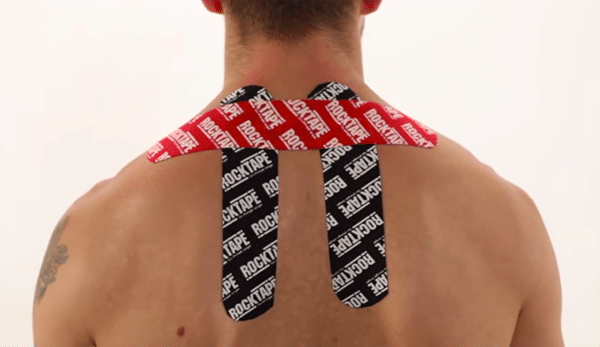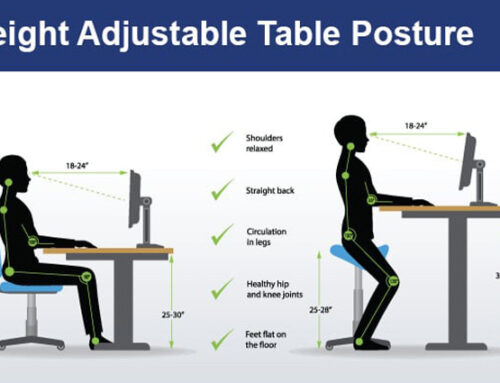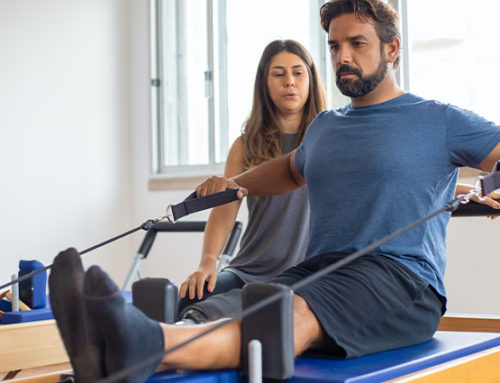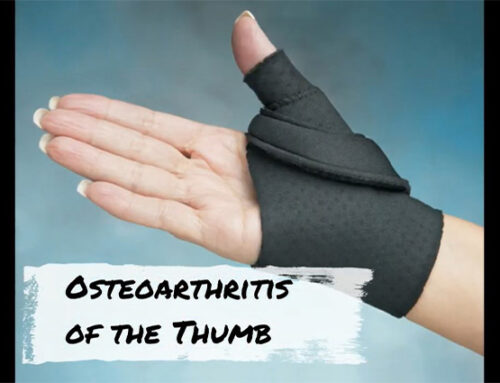Cary Orthopaedic’s physical therapist, Chad Moses PT, Cert. DN/SMT, CKTP, GTS, Dip. Osteopractic, produces our Patient Education Series to inform patients about various physical therapy techniques. In this episode, learn about how kinesio tape is used in physical therapy. Below is an excerpt from the video demonstrating kinesio taping. Click here to watch the entire video.
What is kinesio taping?
Kinesio taping is a rehabilitative method involving an elastic tape strategically placed to aid in the body’s natural healing process. During this treatment, kinesio tape provides stability to joints and muscles without restricting the body’s range of motion. It can also provide soft tissue manipulation, which will prolong the benefits of manual physical therapy. Kinesio taping helps to:
- Relax overactive muscles
- Support muscles and joints
- Speed recovery
- Delay fatigue
- Decompress swelling and inflammation
How does kinesio tape work?
When applied correctly, kinesio tape works by targeting the sensory receptors of the skin and having a lifting effect. The tactile sensation and lifting affect is what alleviates pain and facilitates lymphatic drainage, allowing for decreased inflammation in the affected area.
What type of conditions does kinesio taping treat?
Kinesio tape can be used to treat injuries, support weak zones, re-educate muscles, enhance performance and manage scars. It is a helpful treatment for the following conditions:
- Neck pain
- Knee pain
- Ankle sprains
- Back pain
- Shoulder pain
- Achilles tendinitis
- Minimizing bruising
- Minimizing scar tissue
Where to find kinesio taping in the Triangle
The physical therapists at Cary Orthopaedics – in Cary, Morrisville and Holly Springs – offer kinesio taping along with a variety of other PT techniques, strategies and modalities to treat each patient’s unique condition.

